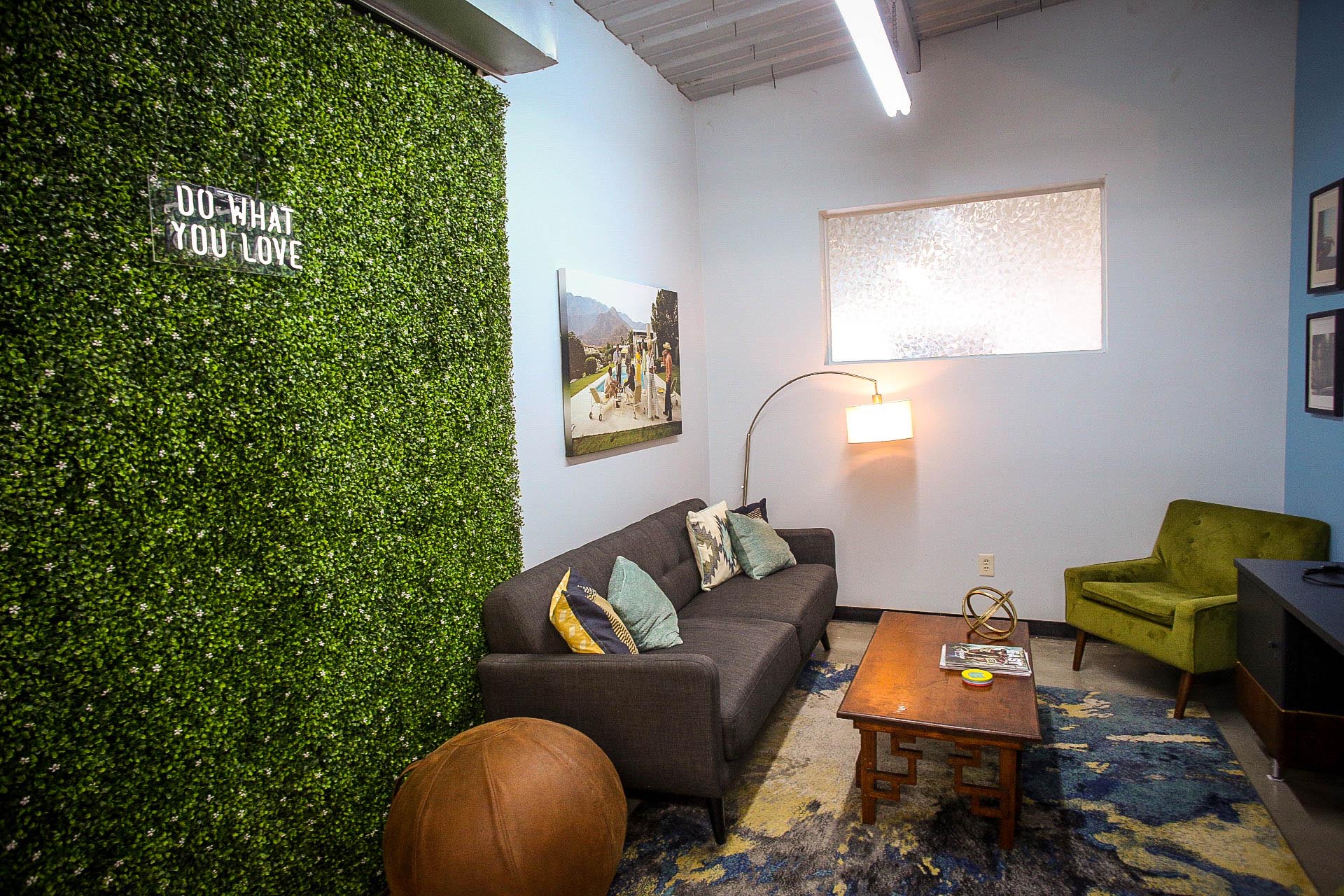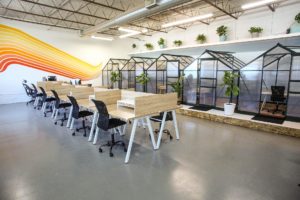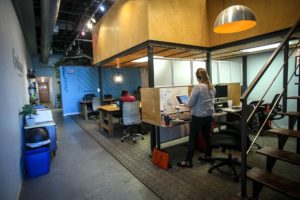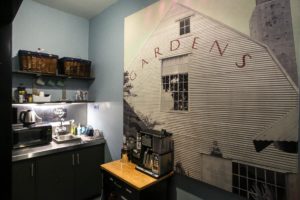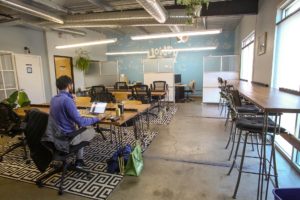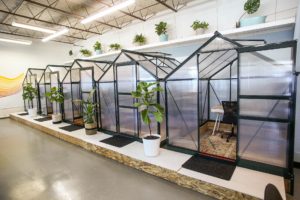
With the progress of technology, there’s a lot of flexibility in how people work. There’s also a lot of great resources on how to support your remote team online like Inside 6q’s article. Trello’s company has a 100% remote team and has published lots of resources chronicling their journal.
We took a look at a few of Austin’s startups and asked them how their teams work and what went well and didn’t. It wasn’t surprising to see that many early to medium sized startups chose to have their teams work remotely or a hybrid.
Verma Media
Zachary Dash explains that Verma Media has 33 employees who are 100% remote. Some of the benefits to this is that it allows for a very low overhead which can be critical for startups. You’re also able to recruit unique talent across the world. Some of the obstacles that Dash has had with remote work is that communication systems have to be extremely focused. They also found that 5-10% of potential clients prefer we had a HQ. They decided to go this route because the industry seemed very open and encouraging of decentralized teams.
Redline Minds
Lori Appleman says “Our team is distributed though we do have an office. It is very rare to find everyone in it. I have managed as many as 72 people 100% remote. As long as you have people capable of collaborating as necessary and who are 100% reliable for hitting their mark, it is great. Not only are your office costs dramatically lower, but people view it as a job perk as they can better balance their personal life with work. However, if you people who need hand holding, aren’t reliable/responsible, or have a sense of entitlement, it will backfire in a big way. Some teams NEED to be face to face to GSD. So it is a factor of the type of work you do, and the people on your team. Remote also lets you hire globally, best of breed.”
Rocket Dollar
At Rocket Dollar, Chris Palmisano explains that “we have an office and everyone comes to work except remote sales people. We value the in person communication and ability to problem solve all day long with everyone in the same area. Around a dozen people.”
OnlineMedEd
Jamie Fitch, the CEO of OnlineMedEd tells us that they started working remotely when they were small (less than 1M in revenue) and then moved to coworking as a transition. Now they are primarily in an office with 40 people. They chose an office because they felt meeting in person allows for better cross-team collaboration, more junior team members often need it, and mentoring is easier. Fitch explains, “I can also still recruit nationally (people love Austin), and coworkers bond at lunch / happy hour etc, which improves the culture of the company.”
What’s right for you
Every company is different and with so many different options today, you can choose what works and easily transition as you grow.


